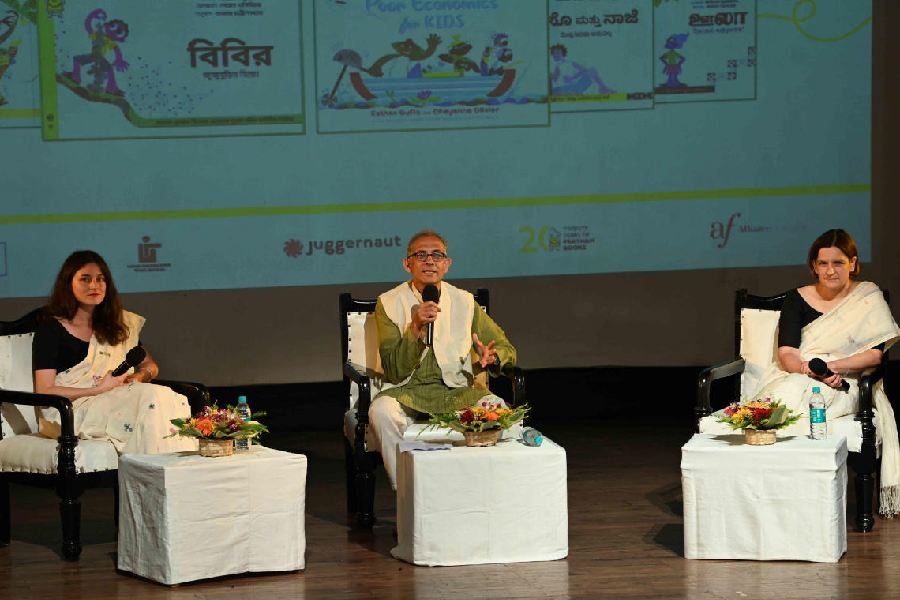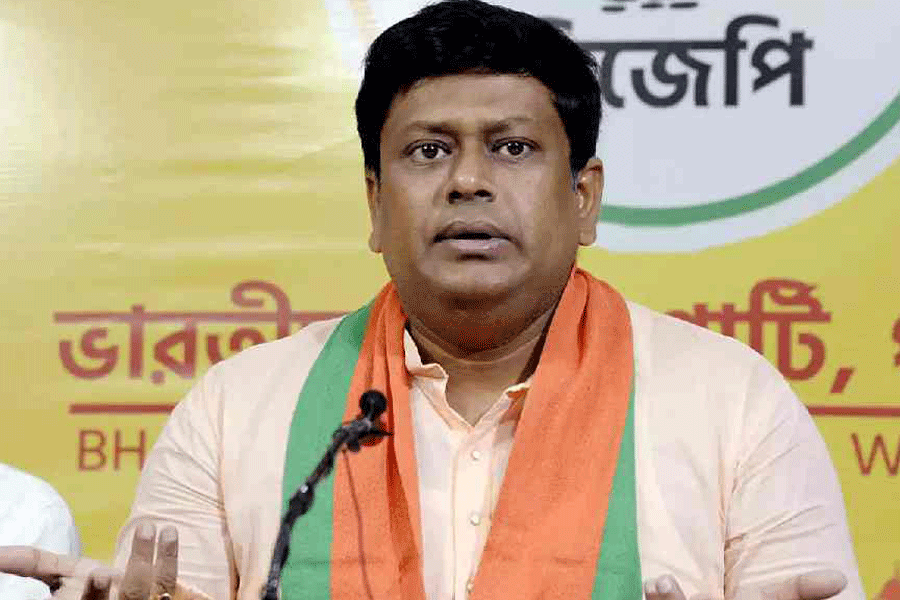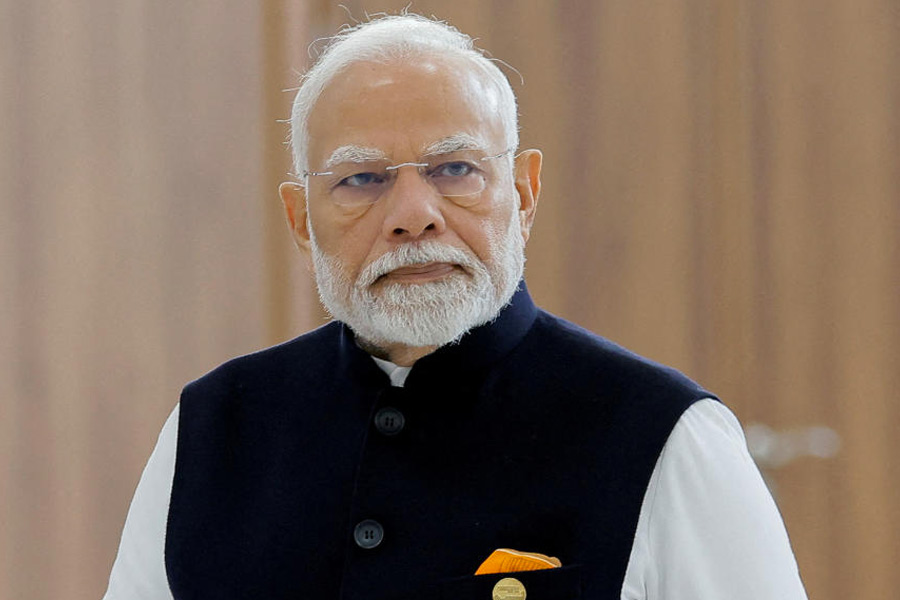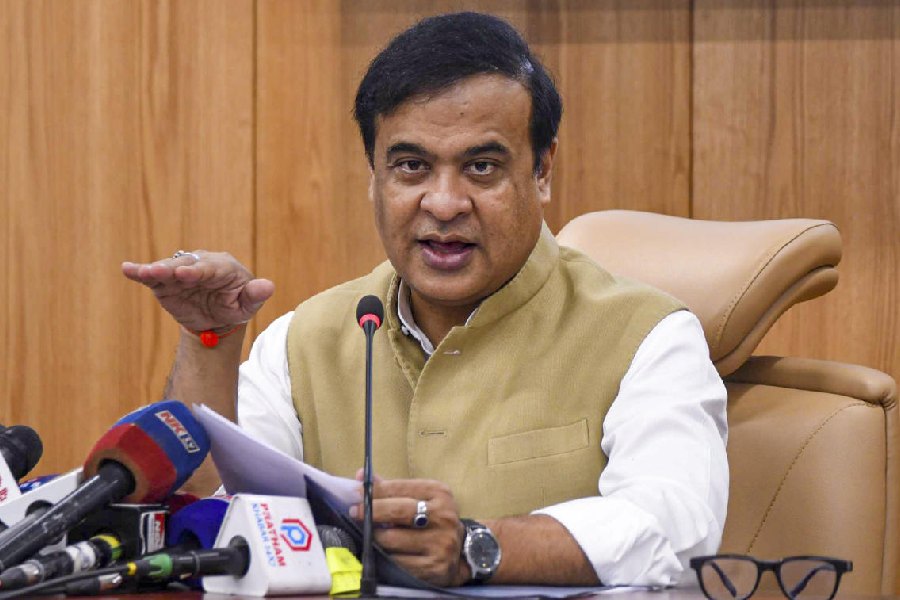- Is there any inclusive definition of poverty?
- Why do banks refuse to lend money to poor people?
- Is there a relation between poverty and environmental degradation?
The questions were some of many that students asked two Nobel laureates at a city auditorium on Monday evening.
Esther Duflo and husband Abhijit Vinayak Banerjee, economists and winners of the 2019 Nobel, were on stage along with artist Cheyenne Olivier.
The session was part of a series of campaigns around a new children’s book series, Poor Economics for Kids, written by Duflo and illustrated by Olivier.
Monday’s programme was organised by a host of organisations, including the French consulate general, Alliance Francaise, the Liver Foundation and publishers of the English book and its Indian translations.
At the packed ICCR auditorium, Duflo answered most of the questions in detail.
“Is there any inclusive definition of poverty?” asked a student of Baghbazar Multipurpose Girls School.
Duflo answered: “Being poor is not just one thing. There is a poverty line. Today, $2.15 is the cost of living according to the World Bank. So, people who are under this threshold are poor.... But being poor is not just not having enough money. It is also not having access to a good school, as a woman not being able to do the job that you want to do and so on and so forth. We cannot condense them into one indicator.”
In September 2022, the World Bank adopted $2.15 (₹180 approx) as the international poverty line.
A girl from Taki House Girls’ High School wanted to know “why banks refuse to lend money to poor people”.
Duflo said it was because of the hefty interest rates.
“To administer a big loan or a small loan, you need the same number of steps. There is some paperwork, you need to know what is being done with the money. That (the steps) costs money. If the loan amount is big, you can recover the cost through interest rates. But if it is a small loan, then you need to lend at a very high interest rate to recover the money.
“As the interest rate goes up, the loan becomes expensive. Most people will not even want to take a loan at such a high interest rate.... That led to the evolution of the microcredit movement. To find a way to really lower the cost of administering the loans in such a way that you can offer loans to poor people at interest rates that are not greatly high,” she said.
More than 100 students — from Classes IX to XII — from various schools in Calcutta attended the programme.
A student of Rama-krishna Mission Vidyalaya, Narendrapur, asked if there was a relation between poverty and environmental degradation.
“Most definitely,” Duflo said.
“The poor are responsible for almost none of the CO2 emission that is warming the planet.... The poor people are responsible for next to nothing of climate change. In the opposite direction, they are the ones who are most affected by the impact of climate change.... In Bangladesh, it is very hot and humid. The planet gets hotter by two or three degrees, it will have a much bigger impact on the quality of life than in Paris, where it is very temperate,” she said.
Poor Economics for Kids, launched last month, looks at questions surrounding poverty — environment, healthcare, employment and entrepreneurship — from the perspective of children. The book tells stories of its central character, Nilou, and her friends.
The name borrows from the seminal book co-authored by Duflo and Banerjee in 2011.
The children’s book has been translated into five Indian languages, including Bengali.
Before the questions from the children, Duflo and Olivier discussed the book. The discussion was moderated by Banerjee.
The book is full of colourful illustrations.
“Poverty looks so pretty in the book. Is it a problem? Is there a reason to worry?” Banerjee asked Olivier.
“The idea was to attract children. Not to scare them away,” she answered.










